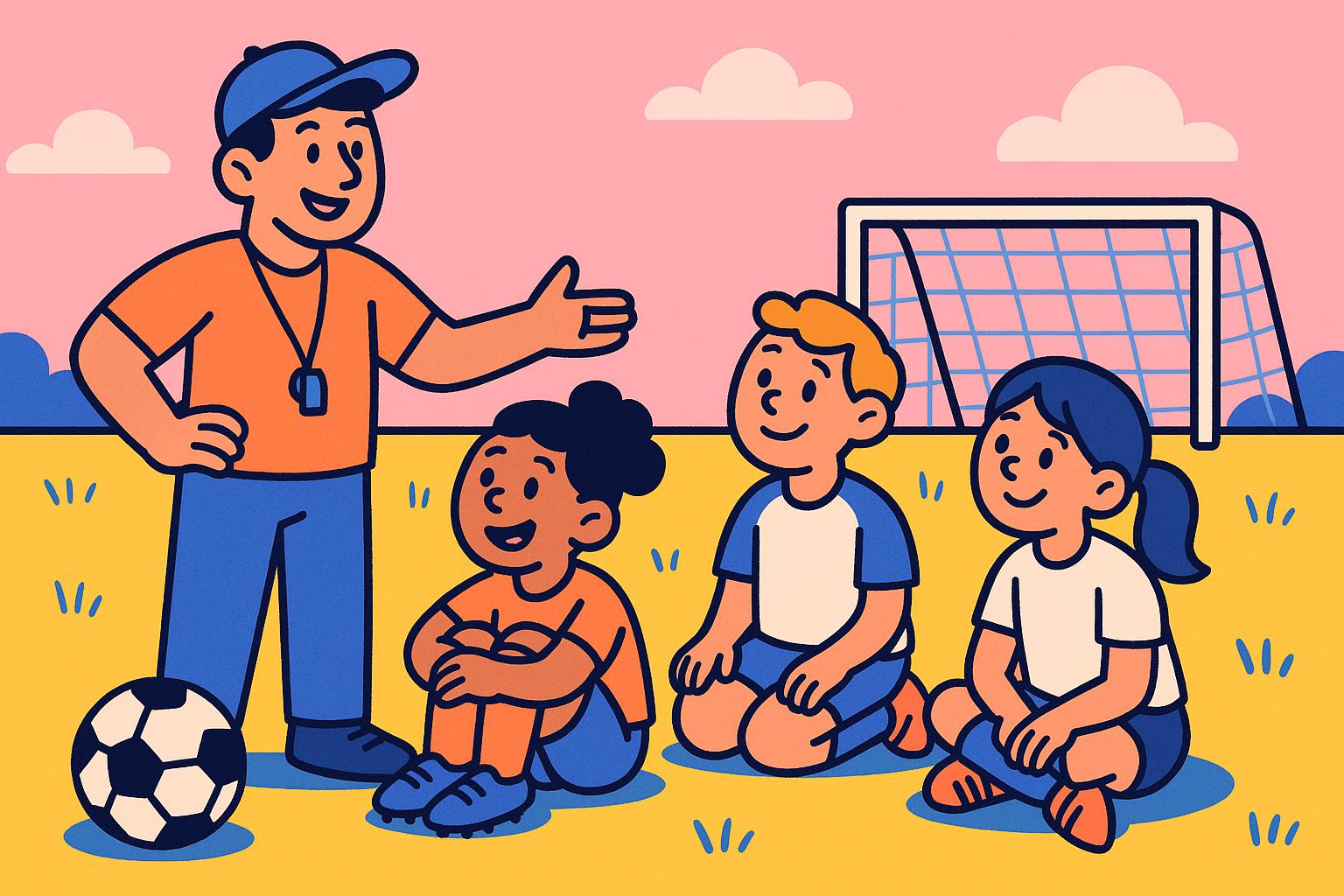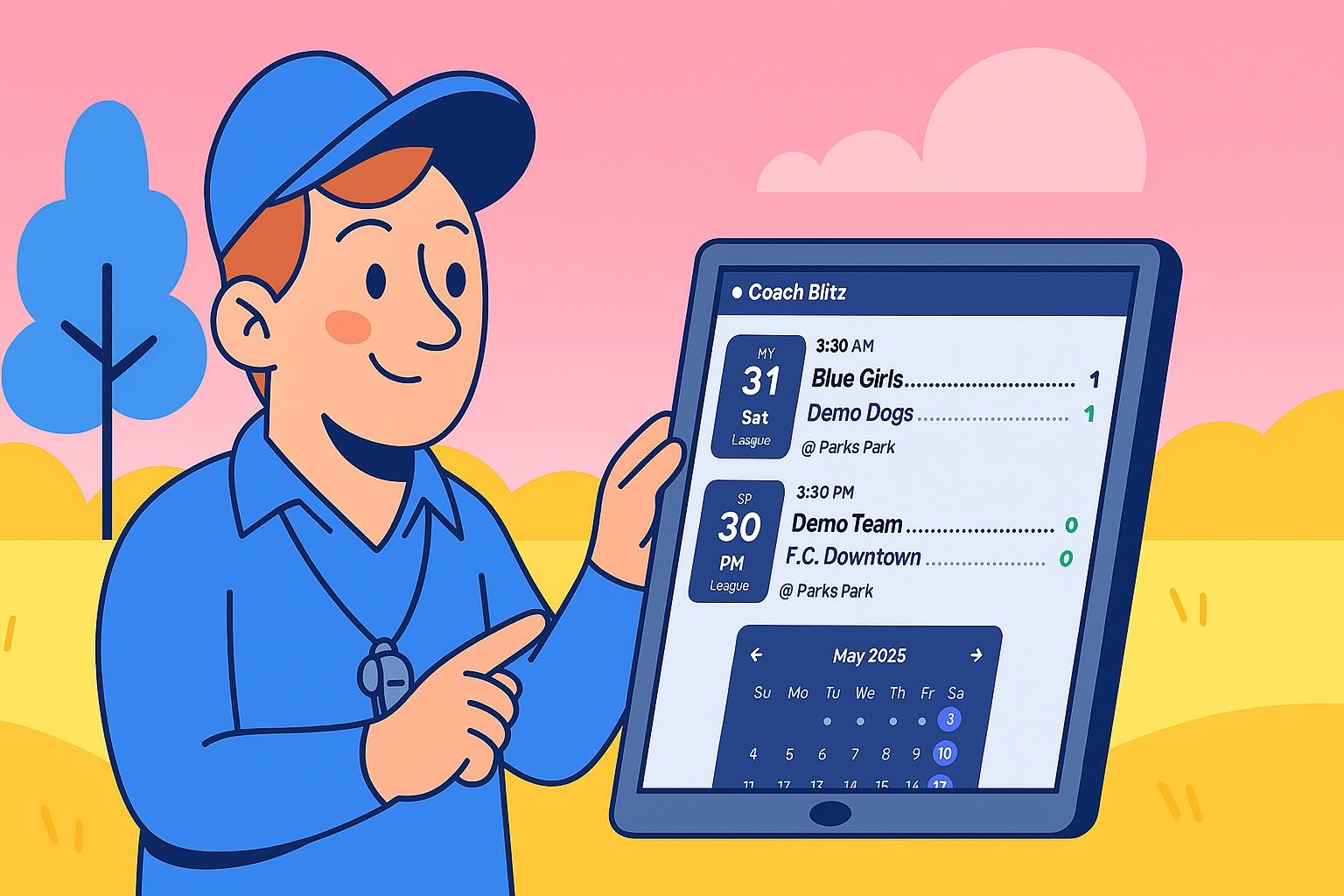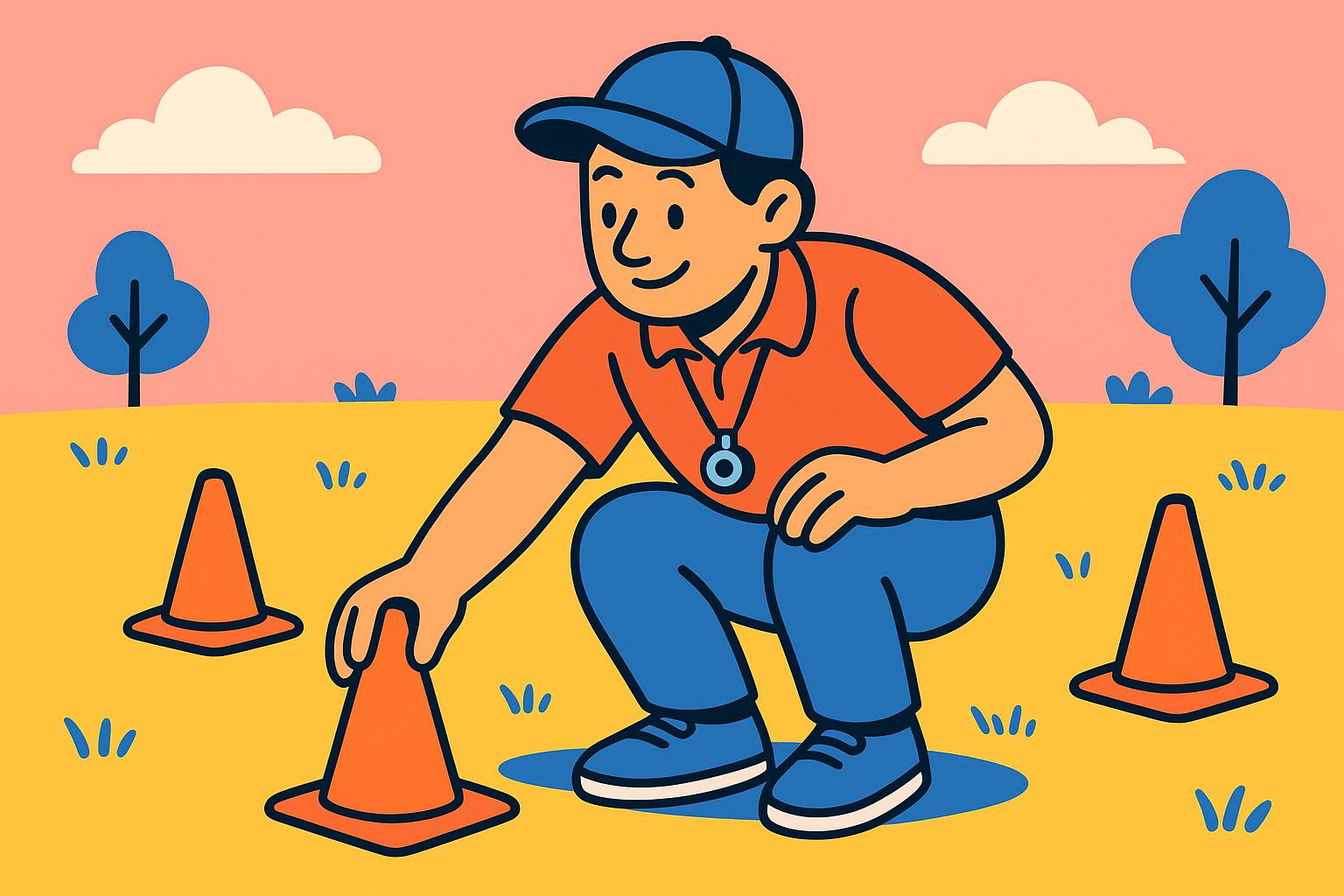
First Time Coaching Rec Soccer? Here’s What You Really Need to Know
If you’re stepping into your first season coaching a recreational soccer team, welcome — you’re in good company. Every season, new coaches take on the challenge, often with little experience, a bit of nervous energy, and a genuine desire to help kids grow.
In my experience, coaching rec soccer is less about technical mastery and more about creating structure, setting expectations, and showing up with consistency. You don’t need to know every detail of the game — but you do need to lead.
One thing I’ve learned over the years is that the tone you set early tends to shape the entire season. When families know what to expect, players know what to bring, and everyone understands how things work, everything runs smoother. The game becomes fun instead of frantic.
I start each season by laying out some simple expectations in a short message to families: when and where we practice, how early to arrive for games (I ask for players to be ready about 15 minutes before kickoff), and what to bring each time — water, cleats, shin guards, and the right-size ball. It might sound basic, but when that’s clearly communicated, it prevents a lot of game-day scrambling.
💬 Coach’s Tip: Start organized. Your tone in the first week builds trust that lasts the whole season.
That’s where Coach Blitz really pulls its weight. I use it to schedule practices and games and send reminders to the team — all in one place. It’s not flashy; it’s just efficient. When a parent asks, “Wait, what time is the Saturday game?” it’s already in the app — and everyone stays on the same page.

Once the schedule’s in place, I focus on rhythm and routine. Kids thrive on it. If practice is always Tuesday and Thursday at 5:30, they get into the groove. Parents appreciate it too — especially when you’re consistent and early with any updates. When weather forces a change or a game gets moved, I send one message through Coach Blitz, and I’m not chasing a dozen texts afterward.
Now, let’s talk sideline culture. In my experience, most parents want to be supportive — they just need to know the tone you’re setting. I don’t lecture anyone, but I do explain that we’re building a team based on effort, respect, and teamwork. That includes how we talk to refs, how we encourage our kids, and how we respond when things don’t go our way. If I model calm and composure, they usually follow suit.
💬 Coach’s Reminder: Your voice is the loudest one the team hears — even when you’re not speaking. Stay steady, and others will mirror it.
Of course, a smooth practice doesn’t just depend on your presence — it helps to have the right gear. I always bring cones to mark spaces quickly, pinnies for sorting into teams, and an air pump just in case. I also keep a whistle, a simple clipboard, and a small first-aid kit in my bag. These are small things, but they send a message that you’re prepared — and that matters.

What makes the biggest difference, though, isn’t the drills or gear — it’s presence. I’ve seen teams improve just because the coach showed up on time, communicated clearly, and brought steady energy to each session. That kind of consistency builds confidence, not just in your players, but in their families too.
At the end of practice or a game, I like to bring the team in briefly, say a few words, and send them off with encouragement. It closes the loop and reminds them that effort is always worth noticing.
You don’t have to be the best coach on the field — just the most consistent one. Keep things simple. Communicate early. Lead by example. And when you need help staying organized, lean on tools that make the job easier, not harder.
That’s the kind of coaching kids remember. And it’s the kind that brings you back next season, ready to do it all over again.
— The Coach